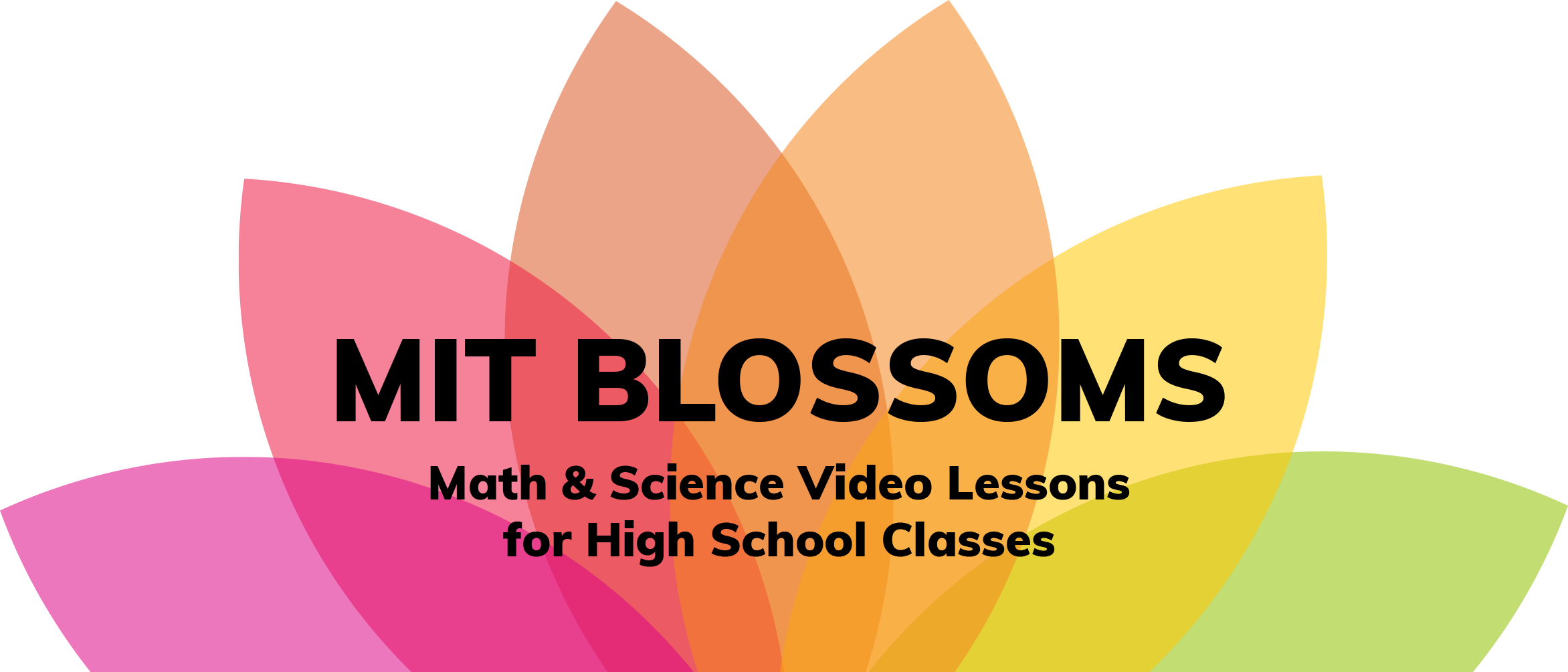The goal of this video lesson is to teach students about new and exciting ways of holding an election that they may not be aware of. Students will learn three different methods of voting: plurality, instant runoff, and the Borda count. They will be led through a voting experiment in which they will see the weakness of plurality when there are three or more candidates. This lesson will show that not every voting system is perfect, and that each has its strengths and weaknesses. It will also promote thought, discussion, and understanding of the various methods of voting. There are no mathematical prerequisites. The lesson should take approximately one hour to complete. No supplies are needed, but the downloadable ballots (one per student) will be helpful.


